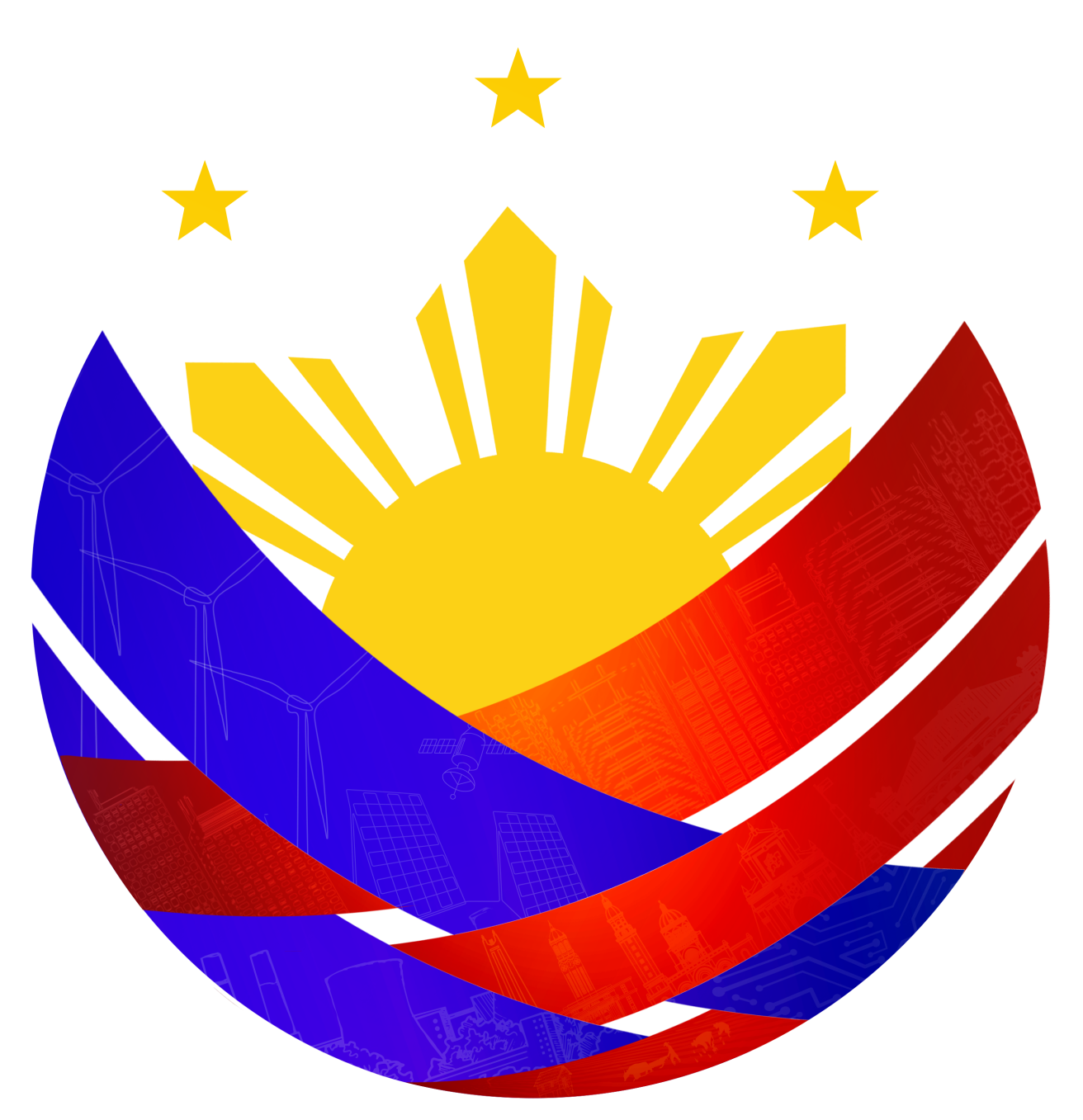
Province of Quezon
One of the largest provinces in the country, Quezon is situated on the southeastern portion of Luzon, with most of its territory lying on an isthmus that connects the Bicol Peninsula to the rest of Luzon. It also includes the Polillo Islands in the eastern part of the province. It is bordered by the provinces of Aurora and Bulacan to the north, Rizal, Laguna, and Batangas to the west, and Camarines Norte and Camarines Sur to the southeast. It also shares maritime borders with Marinduque and Masbate.
History
Archaeological excavations in the province attest to its rich precolonial past. Archaeological materials including burial jars, human bones, shell middens and pot shreds have been discovered at different sites on Bondoc Peninsula including the towns of San Narciso, San Andres, Mulanay and Catanauan. The most recent excavations were conducted in Catanauan by the Catanauan Archeological and Heritage Project. According to the preliminary report released by the Catanauan Archaeological and Heritage Project, several excavations were conducted in the 1930s. One of the excavations was conducted in San Narciso where archaeologists found burial jars. The site, inspected by Ricardo Galang, resulted in the discovery of burial jars near the coast. Galang also went to San Andres where excavations yielded 14th and 15th century ceramics as well as shell bracelets and beads. According to the journal as well, at a site named Tala, archaeologists discovered a glazed Chinese jar containing bone fragments from the early Ming dynasty. Looking at other archaeological sites located in adjacent areas like Marinduque and Masbate, it can be inferred that these excavations date back to the metal period of the archipelago.